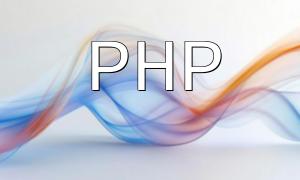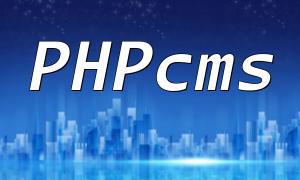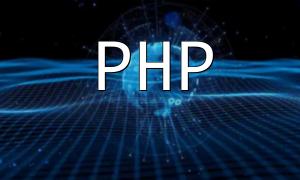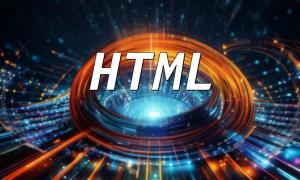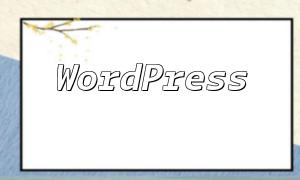As the software development landscape progresses, continuous integration/continuous delivery (CI/CD) has become the go-to choice for many teams. However, PHP projects often face several common issues and challenges in their CI/CD processes. This article will explore these problems and provide solutions to help teams successfully implement CI/CD, improving project delivery efficiency and quality.
Automation scripts are the backbone of the CI/CD pipeline, responsible for executing tasks and validating builds. However, if these scripts are not properly maintained, they can become outdated or ineffective.
Comprehensive testing is crucial for ensuring software quality. If there is insufficient test coverage, the CI/CD pipeline may overlook critical defects.
Different deployment environments (e.g., development, testing, and production) should remain consistent to avoid issues during deployment. Inconsistent configurations can lead to unpredictable behavior of the application.
The CI/CD pipeline should be continuously monitored to ensure smooth operation and early detection of issues. Without proper monitoring and alerts, failures may go unnoticed for a long time.
While automation significantly reduces human errors, it cannot eliminate them entirely. Operational mistakes in the CI/CD pipeline can still have catastrophic consequences.
CI/CD pipelines are potential pathways to sensitive data. If proper security measures are not in place, it can lead to data breaches or other security vulnerabilities.
PHP CI/CD pitfalls can significantly affect the continuous delivery and deployment process. By understanding and addressing these common challenges, teams can build a robust and efficient CI/CD pipeline, leading to improved software quality, faster delivery, and maximized productivity. Through careful planning, collaboration, and adherence to best practices, CI/CD can become a powerful force driving the success of modern web development.

